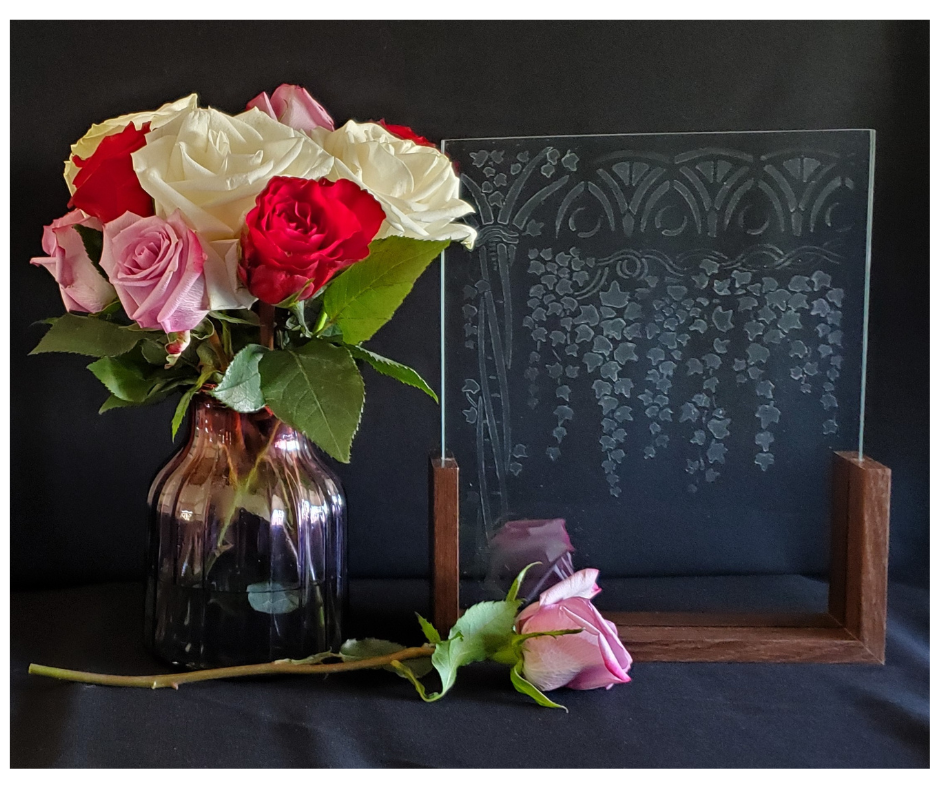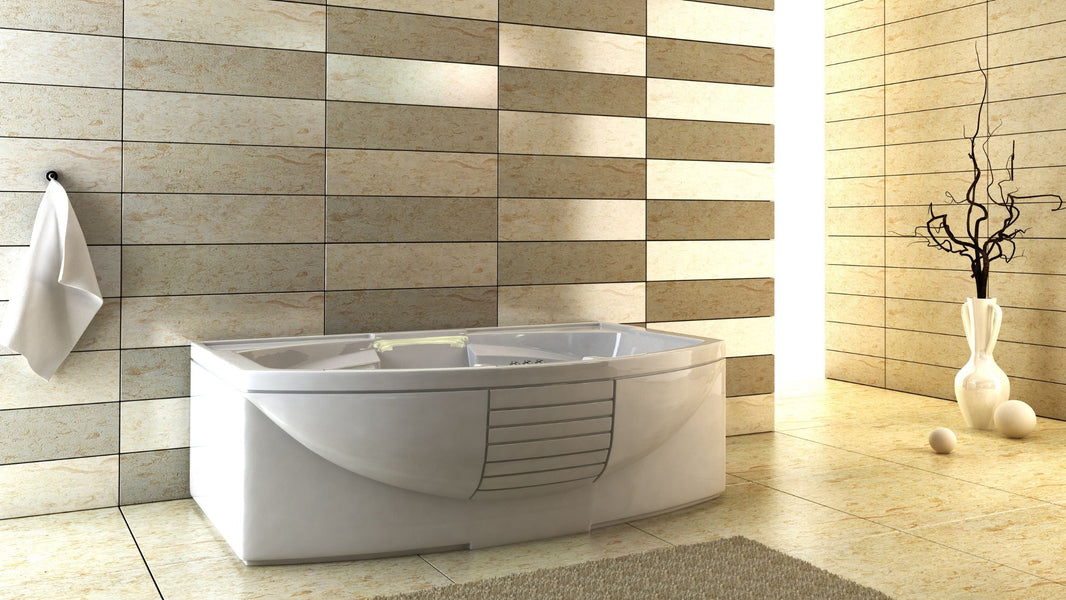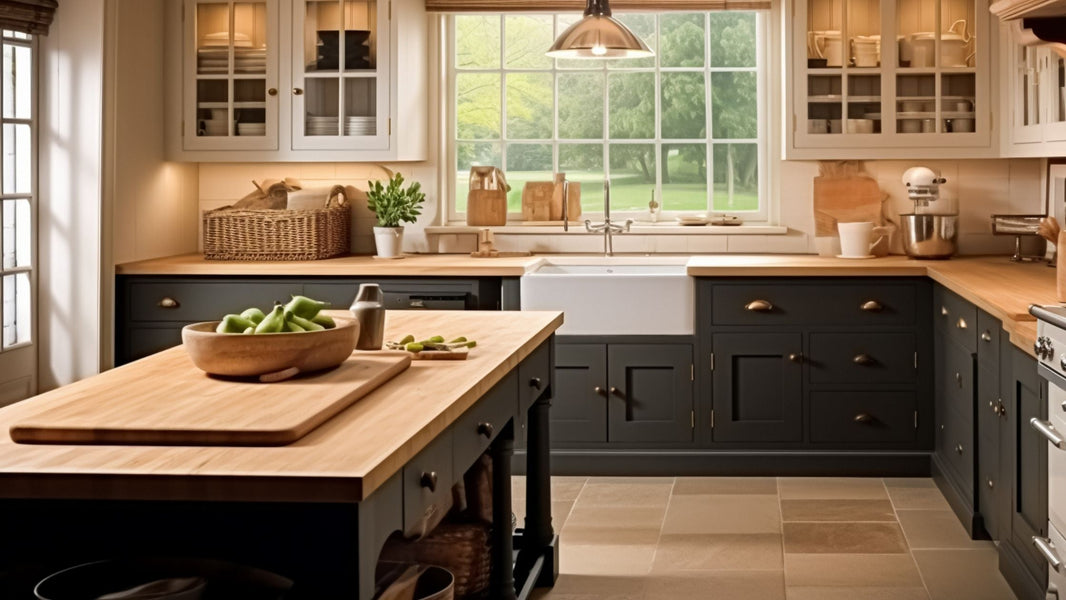When it comes to sealing wallpaper, murals, and painted surfaces, Polyvine Decorators Varnish is a professional favorite — and has been trusted by the trade for over 40 years. Below are the top 13 most common questions we hear, along with real-world tips to help you get flawless results from the very first coat.
1. Can I apply Polyvine Decorators Varnish over wallpaper or murals?
Yes. This varnish was designed for exactly that. It dries crystal clear and won’t lift or distort wallpaper or painted designs. Use it to seal delicate surfaces and protect against fingerprints, smudges, and sunlight.
💡 Pro Tip: Use a soft brush or foam roller for wallpaper to avoid lifting edges during application.
2. How do I achieve a dead flat finish without losing durability?
Apply two coats of Satin, then top it with one coat of Dead Flat. The Satin builds a strong protective base, and the Dead Flat removes all sheen.
💡 Pro Tip: Apply thin, even coats and don’t overwork the surface once it starts to dry — this prevents hazing or streaks.
3. Can I use Decorators Varnish in kitchens and bathrooms?
Yes. It’s water-resistant and ideal for high-humidity areas. Use it on painted walls near sinks, stoves, or showers to help resist splashes and surface wear.
💡 Pro Tip: Be sure your base layer (paint or wallpaper) is completely dry before applying varnish in damp environments.
4. What’s the drying and curing time?
Touch dry in about 30 minutes, but allow 5 days for a full cure. You can lightly use the surface during that time, but avoid heavy cleaning or placing objects on it.
💡 Pro Tip: Plan ahead. If you’re sealing a wall or furniture piece, give it time to cure before hanging artwork or placing items back on the surface.
5. Can I repaint over a wall that's been sealed with Decorators Varnish?
Yes — just scuff sand the varnished surface lightly to help the new paint grip. Always clean the area to remove dust before applying paint.
💡 Pro Tip: Test a small section first, especially if you're switching to a different type of paint.
6. Can I use a roller or sprayer instead of a brush?
Yes. A high-quality synthetic brush, foam roller, or HVLP sprayer will all work well. When spraying, thin with up to 10% water for a smoother flow.
💡 Pro Tip: Use long, even strokes and overlap slightly. For sprayers, keep the tip clean to avoid splatter on drying coats.
7. Will this change the color of my paint or wallpaper?
No. It dries clear and does not alter color or texture. The Dead Flat version gives a virtually invisible finish, while Satin adds a soft low-sheen.
💡 Pro Tip: Always test on a small, hidden area first if you're sealing vintage or handmade surfaces.
8. Is it safe for nurseries or children’s rooms?
Yes. It’s water-based, low odor, and low VOC — safe for indoor use in spaces where air quality matters.
💡 Pro Tip: Keep the room ventilated during and after application to help speed up dry time.
9. What’s the best prep for porous surfaces like chalk paint or raw wood?
Thin the first coat with up to 10% water to help the varnish absorb evenly and reduce streaking.
💡 Pro Tip: Chalk paint especially benefits from that diluted first coat — it helps prevent the first layer from soaking in too quickly and flashing.
10. How do I clean up afterward?
Warm soapy water works great. Rinse brushes, rollers, and trays before the varnish dries.
💡 Pro Tip: Wrap brushes in plastic wrap between coats to keep them from drying out if you’re working over multiple days.
11. Does Polyvine Decorators Varnish have an odor?
No. It’s virtually odorless and water-based, so there’s no need for masks or heavy ventilation. You can comfortably apply it indoors, even in enclosed spaces.
💡 Pro Tip: This makes it a great choice for evening or cold-weather projects when windows can’t be left open.
12. Is it food safe once dry?
Yes. Once fully cured (in about 5-7 days), Polyvine Decorators Varnish is considered food safe and suitable for use around children. It's a smart option for decorative surfaces in kitchens or playrooms.
💡 Pro Tip: For surfaces that come into light contact with food (like trays, decorative plates, or tabletops), allow the full cure time before use or cleaning.
13. Why are two coats of Satin recommended before applying Dead Flat?
The Satin formulation contains the full protective properties — like water, UV, and abrasion resistance. Dead Flat is designed purely to reduce sheen, so by applying two Satin coats first, you lock in durability. The final Dead Flat coat gives you the matte finish without sacrificing protection.
💡 Pro Tip: If you skip the Satin base and go straight to Dead Flat, you may get the look — but not the long-term resistance to moisture or wear.
Final Word
Polyvine Decorators Varnish is one of the most trusted clear coats for interior walls and detailed surfaces — and for good reason. With the right prep and technique, it delivers a durable, professional result every time.
Need help choosing between Satin and Dead Flat? Email us at info@varnishdirect.com — we’re happy to guide you.








